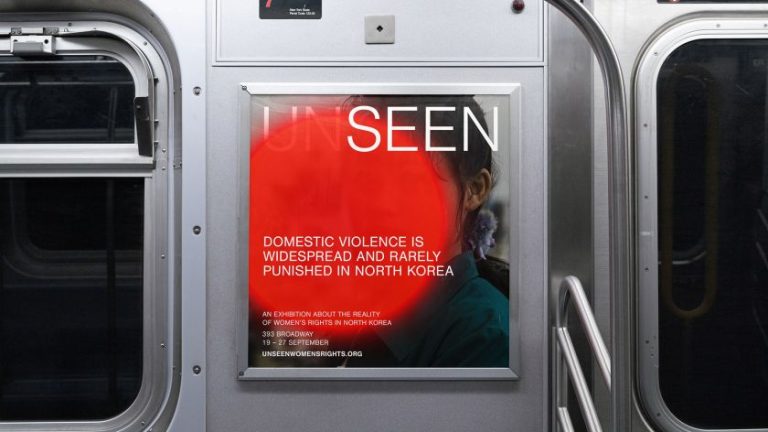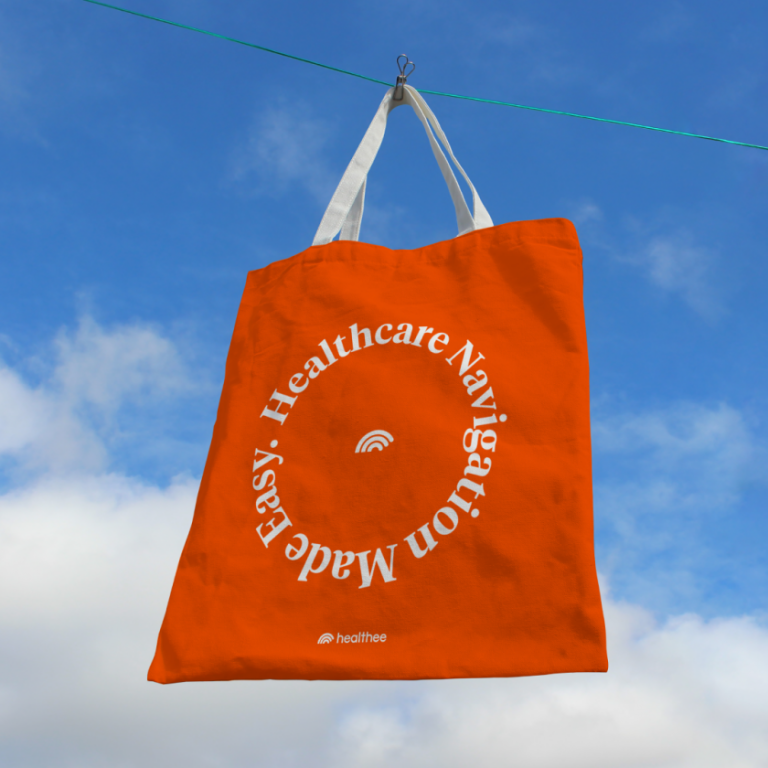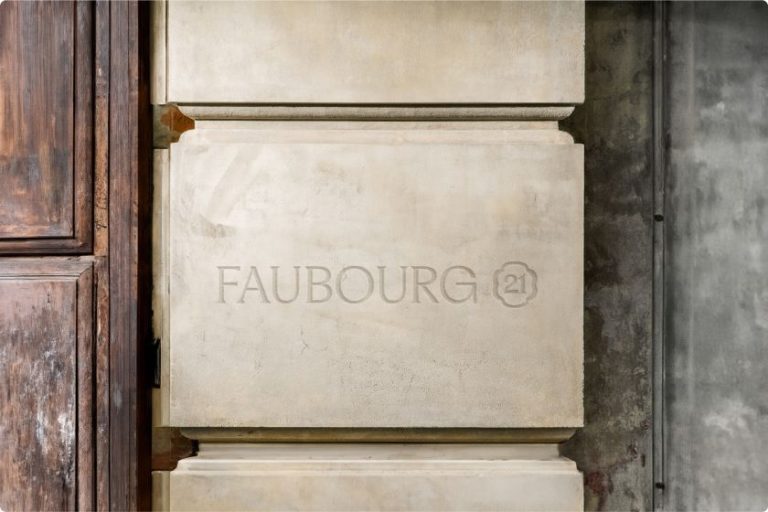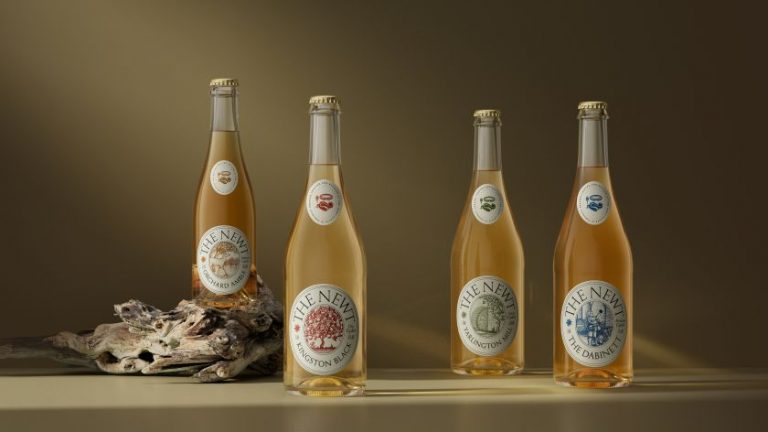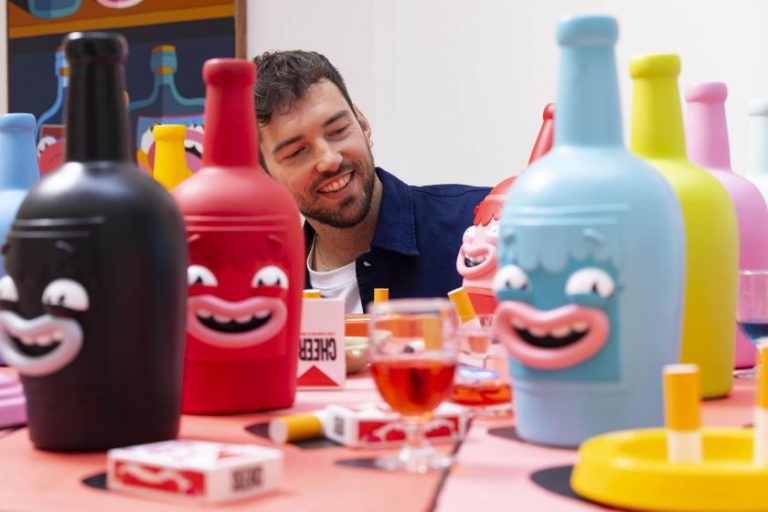Robot Food founder Simon Forster co-founded the brand alongside Stu Jolley to fill a gap in the skincare market, catering to the growing audience of people with tattooed skin.
Tattoos have become commonplace in society and are no longer looked down on in the same way they used to be. According to a 2022 YouGov poll, just over a quarter (26%) of Brits have tattoos; of that quarter, one in nine are inked on their face, neck forearms, wrists or hands.
Generally, these parts of the body are more exposed to external factors that affect the skin, like sunlight and air pollution, and are more prone to ageing, all of which can also contribute to the fading of tattoos. Despite this, the skincare category has seemingly dropped the ball and excluded the growing demographic of tattooed people, which is where Stories & Ink comes in.
Stories & Ink is a skincare brand dedicated to those with tattooed skin, developed by The Others Beauty Co. founder Stu Jolley and Robot Food founder Simon Forster. As the brand gains traction in the retail market, landing key retail listings in Target across the US with a big-name retailer soon to be announced, Robot Food stepped in to upgrade its packaging design.
These latest developments mean that Stories & Ink has to cater to a retail and wholesale market as well as direct-to-consumer – where it has already seen success – evolving to take advantage of the unique challenges faced in retail.
“We’d worked really hard to build an amazing community online amongst an underrepresented audience”, says Jolley. “Selling digitally allows the brand experience to be much more immersive, but the retail reality is very different.”
The core difference between a digital and physical retail landscape is the point at which the consumer interacts with the packaging. It forms the final part of the experience in digital when the consumer has already decided to invest in the brand whereas, in a traditional retail environment, the packaging is the first point of contact.
There often isn’t room to communicate complex product information in the same way as a website can, and so the packaging is often the only method of communicating to the target consumer, according to Robot Food.
The studio’s senior designer, Craig Lindsay, explains how the project involved “keeping the aesthetic that people know and love while strengthening assets and making the benefits clear, so the packs stand out and are instantly gettable on shelf”.
In a bid to efficiently communicate what Stories & Ink is and why it deserves a space in the consumer’s cart, Robot Food reviewed the messaging layout and hierarchy to devise an easy-range navigation. Unique selling points are now prioritised and showcased clearly and prominently on the front and side faces of the packaging, while bold hues of colour were introduced to further aid navigation and help the brand stand out amongst a predominantly monochrome beauty fixture.
Imagery of each product features on the side face, allowing consumers to visually connect with the product inside, with key ingredients pulled out as annotated callouts to support the efficacy of the product.
Robot Food also has to consider Stories & Inks’s existing audience in the direct-to-consumer space, so the well-loved brand identity was retained alongside its unique “flashcard” illustrations created by illustrator Tom Gilmore, which were repositioned on pack to enhance impact.
A sans serif called Engineer Black by GRIN3, and monospace font Roboto Mono by Christian Robertson were introduced to “add more personality and authority into the design and reflect the brand’s progressive nature and efficacious formulations”, according to the studio. These tech-influenced fonts work in tandem with Gilmore’s handcrafted illustrations, which are synonymous with traditional tattoo culture.
Stories & Ink’s ethos of “Inklusivity for all” has also been foregrounded on the packaging to communicate how its story reflects the progressive and inclusive tattoo community it is eager to support.
Ultimately, Robot Food sought to solidify the brand’s longevity and continued success by shifting it to an omnichannel strategy as opposed to digital only.
Simon Forster, co-founder of Stories & Ink and founder of Robot Food, added: “The difference between packaging design for online selling and retail is nuanced but significant, and even more so when considering designing for a global audience with altering retail experiences.”
“We are incredibly excited for the next phase of the Stories & Ink journey and happy Robot Food can continue to provide essential strategic support to the brand as it grows and takes advantage of new opportunities to expand.”
Stories & Ink products have already hit the shelves of Target at selected stores across the US and we can expect to see it on UK shelves very soon.

